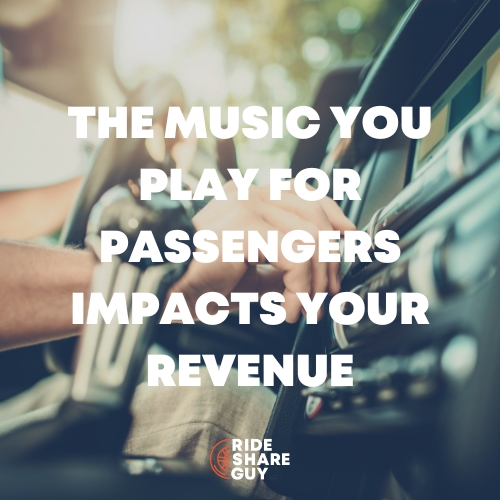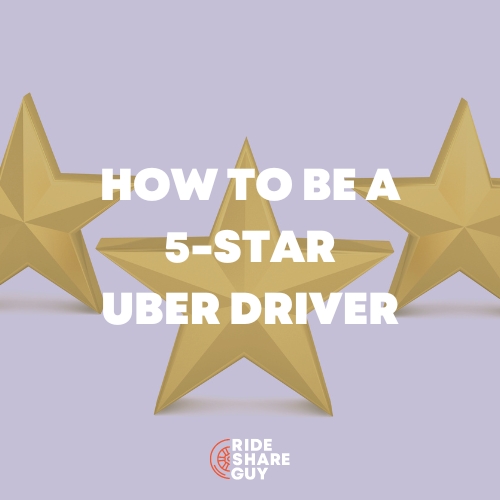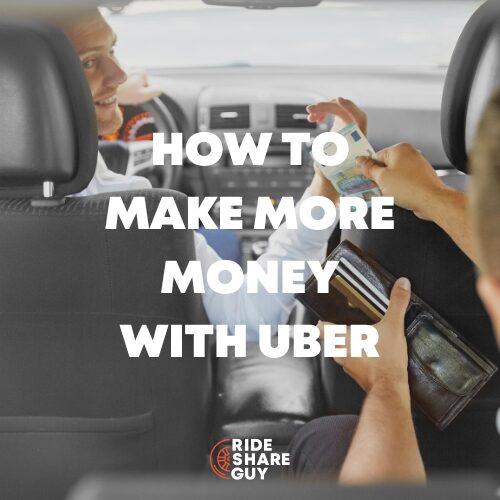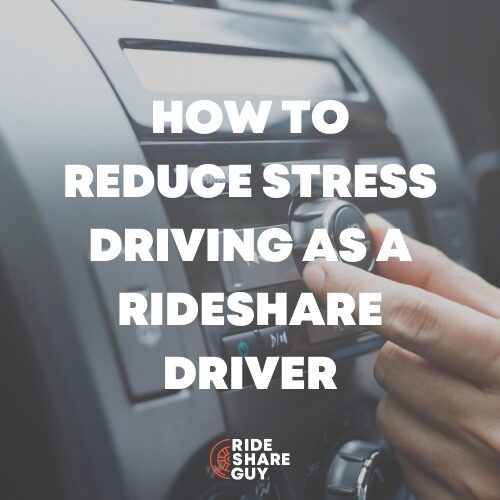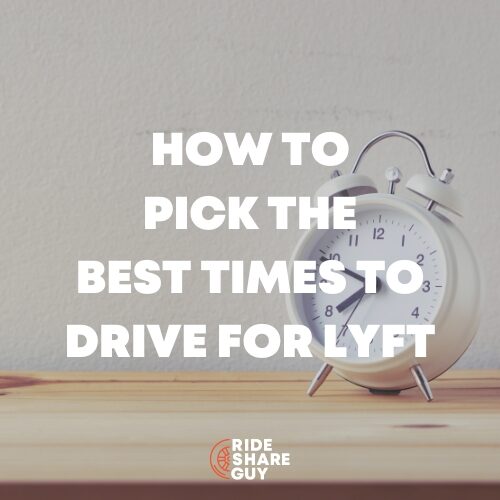Picking up and dropping off passengers on busy streets is a major complaint, particularly for drivers in busy cities or highly trafficked tourist areas. If there’s no easy place to pull in to wait/drop off, drivers are put in an awkward position of navigating curbs and loading zones. In his recent analysis, Bruce Schaller from Schaller Consulting focuses on how curb space affects everyone and how cities and TNCs could work together to find a reasonable solution.
It doesn’t take long as a rideshare driver to encounter your first situation where you arrive at the passenger’s destination on a busy downtown street and there is no legal or safe place to pick them up or drop them off. What do you do?
It turns out that this issue now has a formal analysis and report: Making the Most of the Curb, prepared by Schaller Consulting. In the introduction, we get a quick sense of the issue.
Cities are increasingly confronted with the consequences of their own success. Their booming popularity has brought more residents, workers, shoppers and traffic to their Downtowns and centrally located neighborhoods. The rapid growth of ride services like Uber and Lyft and the rise of e-commerce and on- demand deliveries has further strained urban streets.
Nowhere is this more intensively seen than at the curb, a place where supply is fixed while the number of prospective users and uses is ever expanding. Everyone from merchants to pedestrians and bike riders to neighborhood groups and city officials are recognizing that something must be done to stem the resulting chaos.
The first step has been to better understand exactly what is happening at the curb. Over the past year, curb activity has been quantified through careful field studies in cities ranging from New York to Santa Monica to Seattle. Results from these studies are summarized in this report.
What Data Did Making the Most of the Curb Discover?
As you might expect, the report is heavy on data, the kind that most drivers feel in their bones, but seldom attempt to quantify. In general, many drivers will not be surprised by the conclusions this report came to, including:
…curb regulations are often flouted is that people want to be right in front of a particular address rather than an open parking spot down the street. Thus, they may take up curb space designated for a different user or block a supposedly moving traffic lane.
Here’s another not so startling data point:
The severity of the shortage and impacts varied by location. Ride service vehicles picked up and dropped off passengers in a travel lane 75% of the time at one downtown location (Clay St.) and 25% of the time at the second downtown location studied (Second St.). On commercial corridors with retail shops and restaurants, ride service drivers picked up and dropped off passengers in a travel lane 40% of the time at one location (Hayes St.) and less than 10% of the time at another location (Polk St.).
A third study focused on double-parking during nightlife hours in Santa Monica, California. Observations were made on Friday and Saturday evenings between 7 p.m. and 11 p.m. by a researcher from UCLA.3 The study found that 44% of vehicles stopping were double-parked – primarily ride service vehicles (e.g., Uber and Lyft). Drivers stopped for only a minute or two, or sometimes less, for each pick-up or drop-off. But the high volume of stopping meant that ride service vehicles were double-parked for an average of 37 minutes per hour on each of the block faces observed. The study estimated that double- parking reduced hourly traffic flow by 58%.
Here’s one of the formal conclusions/discoveries in the report:
The study found that “none of the locations had adequate curbspace to accommodate observed passenger loading demand.”The result was frequent double-parking and unauthorized use of curb space. The severity of the shortage and impacts varied by location. Ride service vehicles picked up and dropped off passengers in a travel lane 75% of the time at one downtown location (Clay St.) and 25% of the time at the second downtown location studied (Second St.).
On commercial corridors with retail shops and restaurants, ride service drivers picked up and dropped off passengers in a travel lane 40% of the time at one location (Hayes St.) and less than 10% of the time at another location (Polk St.).
Do Cities and TNCs Even Want to Fix This Situation?
This is where the report gets slightly interesting, but not so interesting that you should get enthusiastic about it. Elected officials want to appear on top of the situation, so they float ideas like “zones”, ignoring the reality of the situation or its root cause – there are too many people and not enough lanes, parking and other transportation real estate in downtown urban environments. Hey folks, it’s a matter of setting priorities.
Some cities do get it, though – Washington, DC has partnered with CurbFlow to collect data on DC’s curbside space issues. The program just launched this summer and will continue for 12 weeks, after which the data will be analyzed.
Whatever the planners are going to come up with will require TNCs, taxis, passengers, drivers, bus drivers, cyclists and even police to give a little because nobody is going to get everything they want. Uber can’t even get its drivers pay attention to the prohibition of driving underage passengers, if it means losing a fare.
How are the companies going to get drivers respect some lines painted on the road when the passenger is screaming that they have to get out of the car here now, and threatening to report the driver for kidnapping if they don’t stop the car immediately? Okay, that’s an exaggeration, but it’s not an exaggeration to say that curbside traffic is a mess.
Ideas for Improving Curb Space
According to the report, here’s one thing that seems to be working, albeit on a small scale:
In Washington DC, the District government piloted curbside pick-up/drop-off (“PUDO”) zones in the DuPont Circle neighborhood. The pilot operated on Thursday, Friday and Saturday on Connecticut Avenue and 18th Street during nightlife hours (10 p.m. to 7 a.m.). The aim was to clear the curb for a steady and often heavy flow of Uber, Lyft and taxi drop- offs and pick-ups and ensure that travel lanes remained clear. Ride service companies were encouraged to inform drivers to use these newly established curb locations, although it is not clear whether they did so.
Overall results were encouraging and led to plans for program expansion. It was also clear that the zones would benefit from active management in combination with data collection and ongoing monitoring. Driver compliance with the requirement to move to the curb to drop-off and pick-up was mixed, in part because other vehicles were sometimes parked in the PUDO spaces.
PUDO spaces? I actually like that idea, but just wish they could come up with something else beside the name PUDO spaces.
Then there is what is being done in the way of using pricing to try to regulate the volume of traffic. According to the study:
Another key strategy is to combine demand-based parking pricing and occupancy targets, with the goal of ensuring that curb space is available when needed for pick-ups and drop-offs. Washington DC, New York, San Francisco, Los Angeles, Seattle and other major cities have raised on-street parking fees in congested, high-demand areas. Program evaluations have shown increased parking availability and fewer vehicles blocking traffic. This strategy is most effective when there are vacant spaces within a short walk and smartphone apps that help direct drivers to them.
Finally, the NACTO report emphasizes the importance of automated enforcement to successful implementation and of data collection in planning and evaluation of curb strategies.
⭐️Ad: Download this app and save money on every gallon of gas you buy
What About Banning Rideshare Vehicles Entirely on Certain Streets?
San Francisco has taken a proactive approach where they have banned all drop off and pick off on Market Street for a stretch of several miles. At first it seemed like a major headache for drivers, and several of my passengers protested.
But after it became widely accepted, it was actually a blessing because no longer did you have to fight the human projectiles hurtling their way down Market Street. You no longer had to contend with buses and taxis in what I call “Driver hazard zones.” It was simply a matter of telling your passenger that the new rules say, you had to get out before we get to Market Street. And if a ride request came from Market Street I simply ignored it.
What This Curb Report Lacks
What’s really missing from the report is the driver’s perspective and the level of ingenuity/flexibility this problem requires from drivers. The Rideshare Guy has worked on several projects with cities to bring more driver perspective to the table (you may have seen our requests for survey takers at the RSG Facebook page). If you’re interested in Rideshare Guy consulting, check out our consulting page here.
This curbside issue in downtown streets is a source of great stress, often when passengers are also stressed by appointments and various other travel delays. If it just happens once in a while it’s one thing, but if you’re an urban driver, you’re going to encounter this issue over and over again, and each situation is a slightly different challenge.
A driver often has to make an unpleasant choice between safety and convenience or even demands of a passenger. The driver must assess the risk of leaving them where they originally wanted to get out. It’s a risk that involves both legal and safety issues. The potential liability for drivers has been ratcheted up in San Francisco, where our buses now come equipped with cameras. If you happen to be there picking up or dropping off a passenger inside a bus zone and a bus comes up behind you while you’re there, the driver can simply snap a picture of your license plate and you’ll receive a summons in the mail. In San Francisco the fine is likely to be upwards of $300.
The safety issue involves the ever increasingly array of vehicles, large and small that compete for territory on downtown streets You’ve not only got bicycles these days but you’ve also got scooters, motorized scooters, motorized bicycles, skateboards and all kinds of varieties that bring out the adventure in young people. The risk is both that you might open the door and hurt one of the skateboarders or your passenger could be knocked over, or worse.
Civic authorities are increasingly aware of the mess that ride hailing has wrought, but responses are slow and in many cases fell short of an ideal solution. In San Francisco they have experimented with drop-off zones, spaced around city streets. Is this the best solution? In some cases, yes. But clearly more work needs to be done in determining a solution and enforcing it.
Encouraging News from the Report
What I found most encouraging about the report has to do with process rather than product. Through this report and the discussion that grows out of it in city hall chambers across the country and world, attention is now being focused on the issue. Ultimately, the solution to the chaos is to begin to prioritize downtown uses of limited space. This seems to be the general conclusion of the study.
Putting all these pieces together – data, planning expertise and experience – the report concludes with what is needed. The first is prioritizing the pick-up and drop-off activity over less productive uses like parking. Second, scaling up pilots to comprehensive programs. Third, active management and enforcement of curb regulations. And fourth, data collection to track curb usage and program effectiveness.
In the end, the report is saying fewer parking spaces in downtown/urban environments, and more pick up/drop off locations. Combine that with their other recommendations, including pilots, enforcement of curb regulations (more traffic cops) and data collection, and things might get better in urban environments.
What do you think of these proposals? Is encouraging rideshare instead of downtown parking the right solution? And do you think anyone will respect curb regulations unless they’re strictly enforced?
-John @ RSG

